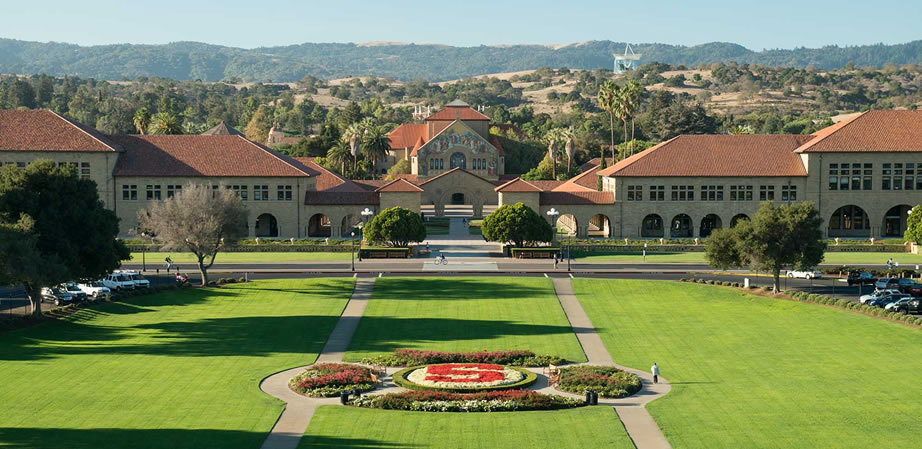Stanford University course teaches students while fully immersed in VR
Stanford University course teaches students while fully immersed in Virtual Reality
Earlier this year, Stanford University set about to change how one of its courses was taught. After a year of teaching remotely due to the pandemic, through video-based platforms, Professor Jeremey Bailenson decided that he wanted to “try something different and exciting” with his flagship course, ‘Virtual People’. The course originally began in 2003 and virtual technology has always been part of it. However, this was through in-class demonstrations which could not take place while being remote.
Bailenson decided to pivot towards a VR-first-based course. This entailed supplying students with VR headsets. Over half of the classes took place in VR, making it the first in the world of its kind. The aim was to bring remote classmates together in immersive spaces, giving them first-hand experience of how to connect and learn virtually. It focused on many facets of virtual reality including a variety of platforms, how to use the basics of virtual platforms, building content, and environments, and looking to the future of a virtual world that people will use regularly.
“In March 2020, I had to decide my teaching schedule for the following academic year. Typically I teach ‘Virtual People’, a course I have been teaching at Stanford since 2003, in the Fall. At the time, there was no platform that would have provided the flexibility and realism to suit our needs. So I moved the course to summer 2021, with the hopes that some networked VR platform would evolve sufficiently for me to teach the course via headsets in VR”, said Jeremy Bailenson, professor and coordinator of the ‘Virtual People’ course at Stanford University.

